Montessori toys aren’t just trendy educational ideas—they reflect how children naturally grow and learn. If you’ve been exploring educational toys, you’ve likely seen “Montessori toys” trending online and in stores. But,
What sets them apart from the flashy, plastic toys of the past?
Today’s parents want toys that support development, not distract from it. Montessori toys do just that. They’re simple, purposeful, and designed to build independence. In this guide, we’ll explore how they differ from traditional toys and why that difference matters.
What Are Montessori Toys?
Montessori toys are thoughtfully designed tools created to support a child’s natural learning process. Rooted in the Montessori method developed by Dr. Maria Montessori, these toys emphasize simplicity and purposeful play.
Typically made from natural materials such as wood, metal, or cloth, Montessori toys avoid the use of batteries, lights, or sounds. This minimalism helps children focus without distractions. The simple design encourages hands-on exploration and deeper engagement.
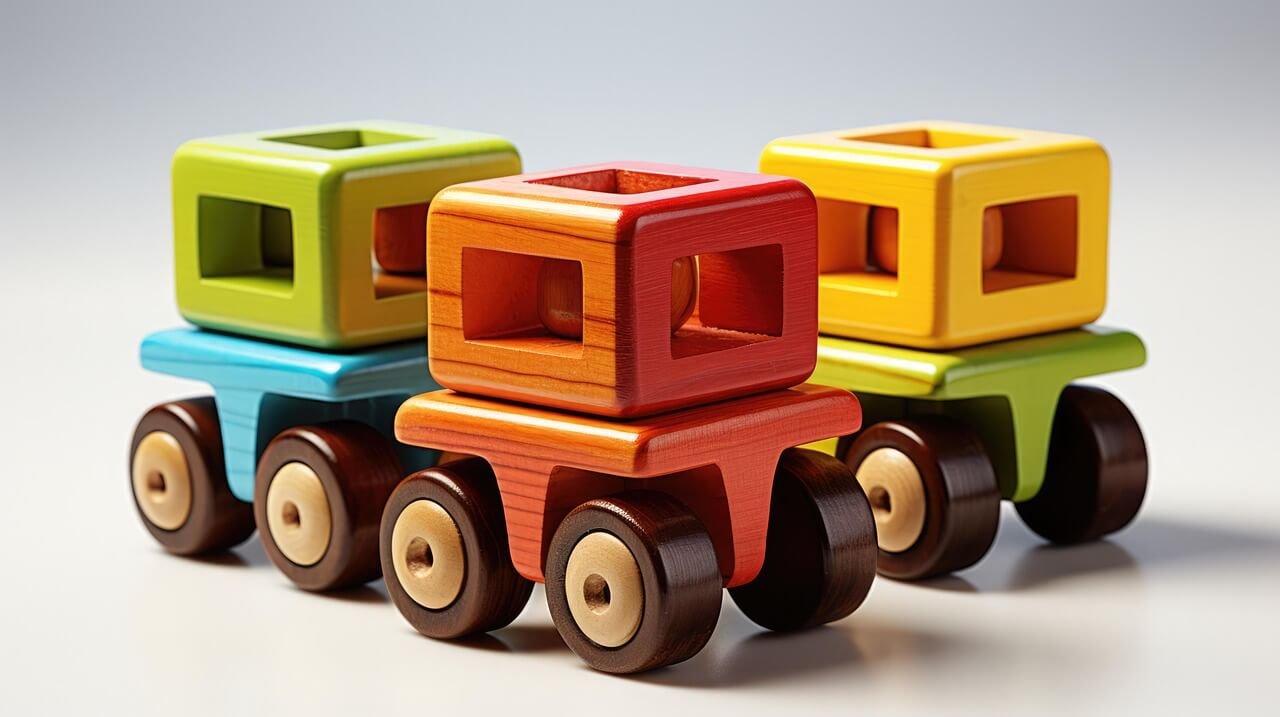
Unlike many traditional toys, Montessori toys aren’t just for entertainment—they teach essential skills such as stacking, pouring, or sorting. For example, a wooden puzzle helps improve hand-eye coordination and concentration, while nesting cups teach concepts of size and balance.
Another essential feature is that many Montessori toys are self-correcting. This enables children to recognize and correct mistakes independently, thereby fostering problem-solving skills and independence.
In summary, Montessori toys promote active, hands-on learning. They focus on what the child does rather than what the toy does, encouraging growth and development through meaningful play.
Read Also Montessori Cause and Effect Toys
Montessori Toy Principles
The three core principles that guide Montessori toys are independence, concentration, and self-correction. Each plays a vital role in a child’s development.
1. Independence:
One of the primary goals of the Montessori approach is to enable children to do things for themselves. Montessori toys are carefully designed to encourage this kind of self-reliance. A great example is dressing frames. These allow toddlers to practice buttons, zippers, or laces on their own. With each small success, they gain confidence and a sense of pride.
By using toys that support real-life skills, children build practical abilities from a young age. Pouring water from a pitcher, sorting spoons by size, or stacking blocks in the correct order all develop independence. This not only boosts confidence but also gives children a strong sense of control over their world.
2. Concentration:
In today’s fast-paced and noisy world, even young children are often overwhelmed by constant stimulation. Montessori toys are designed to be quiet, simple, and free of distractions. This helps children concentrate on the task at hand.

For example, a plain wooden stacker encourages a child to focus solely on fitting each piece into place. Without flashing lights or buzzing sounds, the child’s mind can stay calm and centered. Concentration is a skill that carries into every part of life—from reading and writing to creative thinking and problem-solving.
3. Self-Correction:
Montessori toys often include built-in feedback. A puzzle piece won’t fit unless it’s in the correct spot. A knobbed cylinder won’t slide into the wrong hole. These designs enable children to recognize mistakes and correct them independently without adult assistance.
This encourages trial and error, patience, and resilience. Children learn that mistakes are part of learning and that figuring things out on their own is deeply satisfying.
What Are Traditional Toys?
Traditional toys are what most people imagine when they think of a toy store. From talking dolls to flashy cars, these toys dominate store shelves and gift lists. While fun and exciting, they differ significantly from Montessori toys in both design and purpose.
1. Bright, Flashy, and Battery-Operated
Most traditional toys are mass-produced using plastic or other synthetic materials. Batteries often power them and come with flashing lights, loud music, and moving parts. Think of a toy dog that walks and barks when a button is pressed. Or a light-up keyboard that plays songs with every touch. These features grab attention but don’t always support learning.
2. Entertainment Over Education
Traditional toys are designed to entertain. They keep a child busy with noise, color, and action. While this may help with short-term engagement, it doesn’t always build real-world skills. The play is often passive. The toy does the work, and the child watches or presses buttons.
The Best Montessori Toys for Toddlers (Up to 24 Months)
3. Screen-Based and Tech-Heavy Options
As technology advances, an increasing number of toys today include screens and interactive games. These can be exciting, but they often lead to overstimulation. Fast-moving graphics and constant feedback may overwhelm young minds rather than help them focus.
4. Branded and Character-Based Play
Many traditional toys feature popular characters from television shows, movies, or comic books. While children enjoy them, these toys often serve as a guide to the narrative. Instead of sparking imagination, they tell the child how to play. This limits creativity and encourages imitation rather than exploration.
5. Sensory Overload Risks
Traditional toys often combine sounds, lights, movement, and textures simultaneously. This creates a sensory overload. For some children, especially younger ones, this can be too much to process. It leads to excitement, but not always meaningful engagement.
6. Reactive vs. Reflective Play
Traditional toys shout, “Look at me!” They entertain with constant input. Montessori toys quietly ask, “What can you do?” They invite the child to think, explore, and grow.
Key Differences Between Montessori and Traditional Toys
Montessori and traditional toys may share a common goal—play—but they differ significantly in how they support child development. Here’s an overview of the main distinctions based on material, functionality, sensory design, skill-building, the child’s role, and age appropriateness.
Material: Natural vs. Synthetic
Montessori toys are crafted from natural materials, including wood, metal, and fabric. These offer a rich, grounded sensory experience. They’re also more eco-friendly and durable. Traditional toys are typically made from brightly colored plastic. While lightweight and easy to clean, plastic lacks the same tactile value and connection to the real world.
Functionality: Purposeful vs. Entertaining
Montessori toys serve a clear developmental function. Each toy is designed to teach a specific skill, such as pouring, stacking, tying, or sorting. Traditional toys often focus on keeping children entertained. Buttons, sounds, and flashy features aim to hold attention, but they rarely build meaningful skills.
Sensory Design: Calming vs. Overstimulating
Montessori toys are visually and audibly calm. They avoid loud noises, flashing lights, or busy patterns. This supports concentration and independent play. Traditional toys, on the other hand, often overload the senses. Bright colors, music, and movement may capture attention, but they can also distract and overwhelm the senses.
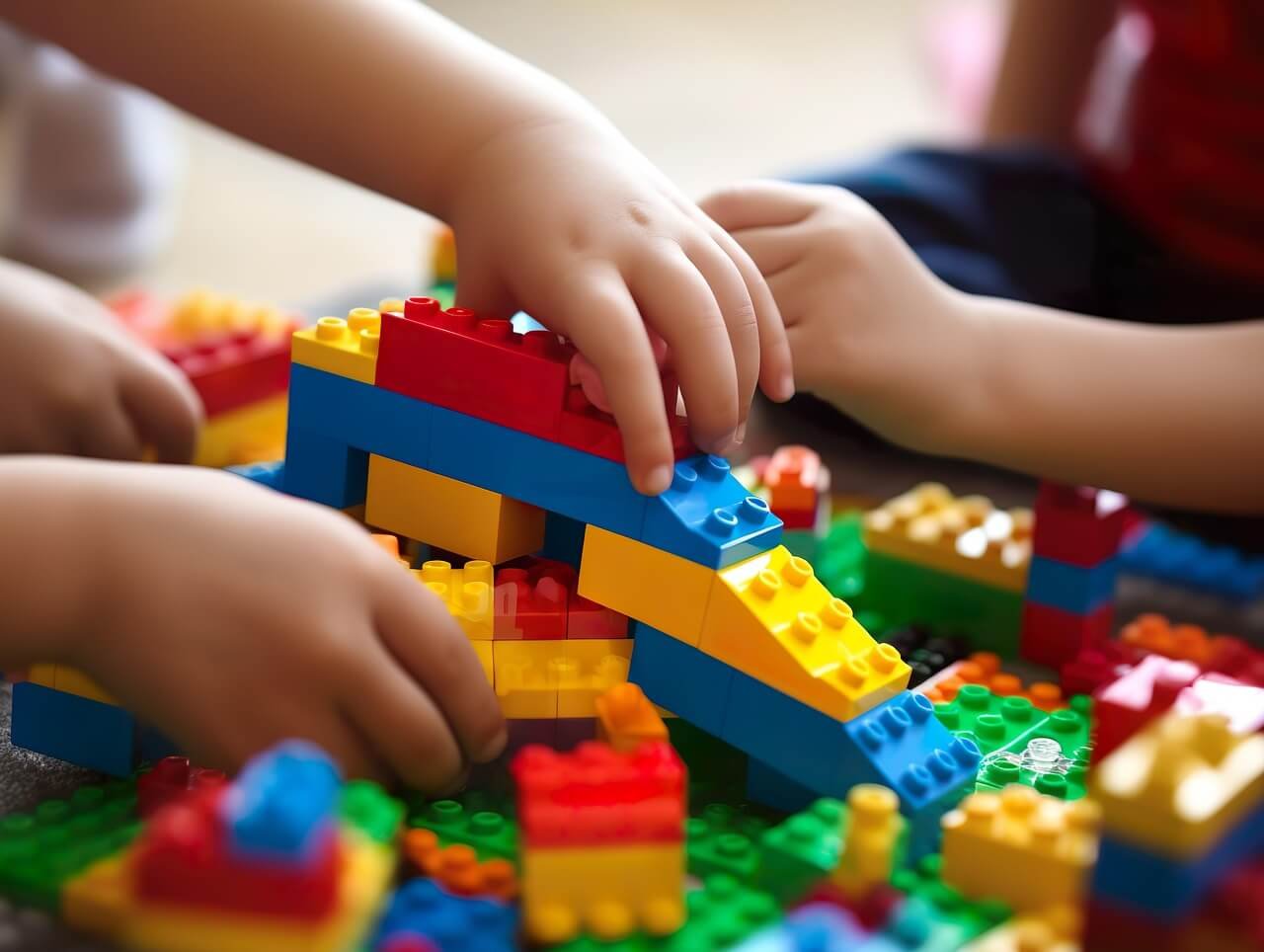
Skill Focus: Real-World vs. Fantasy
Montessori toys help build real-life skills. Activities such as spooning, threading, or fitting shapes directly support both physical and cognitive growth. Traditional toys often rely on imagination tied to fantasy or character-based themes, which may not align with everyday learning goals.
Child Role: Active vs. Passive
With Montessori toys, the child leads the play. There are no pre-set outcomes or scripted actions. Traditional toys often guide the play, reducing the child’s need to think or experiment.
Age Appropriateness: Developmentally Aligned vs. Generalized
Montessori toys are designed to match a child’s exact stage of development. Traditional toys are often marketed by age but don’t always cater to specific learning needs.
Benefits of Montessori Toys on Child Development
Montessori toys go far beyond simple playthings. They are thoughtfully designed tools that support key areas of your child’s development. Here are six essential ways these toys promote healthy growth:
Improved Concentration
Montessori toys are quiet and straightforward, allowing children to focus on one activity at a time. Unlike toys with flashing lights, loud music, or screens, these toys encourage kids to engage deeply with their play. This focused attention helps build a longer attention span, which is crucial for success in school and other learning environments.
Fine Motor Skill Development
Hands-on activities are a central component of the Montessori approach. Toys such as threading beads, stacking blocks, or using tongs require careful finger movements. These tasks strengthen the small muscles in the hands, which are essential for activities such as writing, buttoning clothes, or tying shoelaces.
Problem-Solving Abilities
Montessori toys gently challenge children to think critically. For example, puzzles that require fitting shapes correctly or sorting objects by size encourage trial and error. Kids learn to solve problems independently, building resilience and confidence without relying on constant adult guidance.
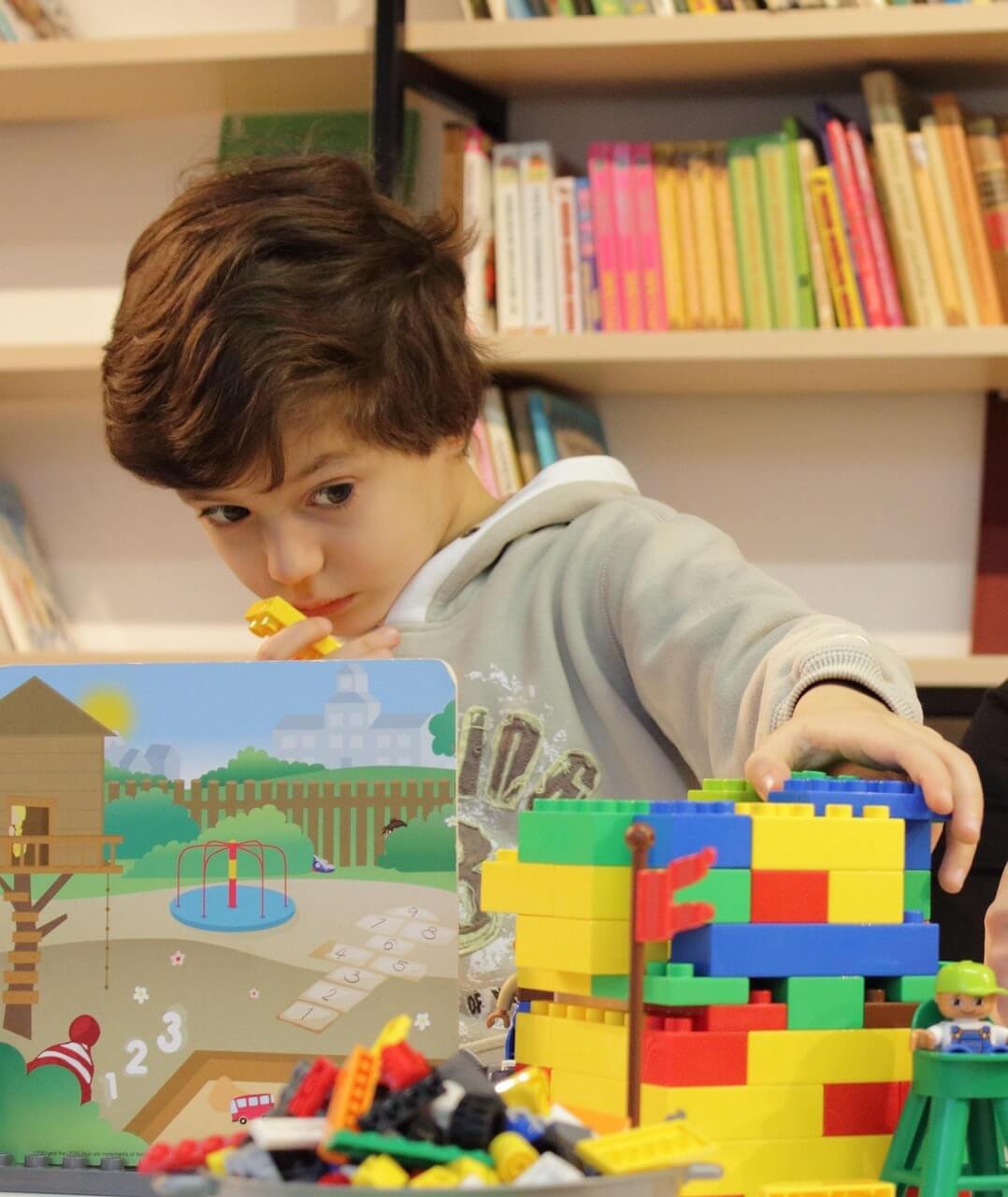
Encouragement of Independent Play
Designed for easy use, Montessori toys promote independent play. Children can explore and learn with minimal help, fostering a sense of autonomy. This independence helps boost their confidence and encourages them to take charge of their learning journey.
Creativity Within Boundaries
Although simple in design, Montessori toys stimulate creativity and imagination. A wooden ramp can easily become a bridge or racetrack while nesting cups might transform into a pretend tea set. The minimalist design leaves room for imagination to thrive without overwhelming the child.
Real-Life Skill Building
Many Montessori toys mimic everyday tools. Items like pouring sets, dressing frames, or cleaning tools help children practice practical life skills. Learning these tasks early prepares children for daily routines and encourages self-reliance.
Downsides of Over-Stimulating Toys
While traditional toys—especially those with screen-based or noisy components—are popular and often marketed as “educational,” they can come with hidden downsides. These effects may seem small at first, but over time, they can influence how your child learns and grows.
Shorter Attention Span
Toys that flash, buzz, or sing are designed to grab attention quickly. But this kind of instant stimulation teaches the brain to jump from one thing to another. Children regularly exposed to these toys may struggle with focused activities, such as reading, puzzles, or building blocks.
Passive Learning
Many traditional toys are designed to do the work for the child. Press a button, and the toy lights up or talks. This leaves little room for thinking or problem-solving. The child watches the toy perform instead of engaging in meaningful exploration.
Reduced Creativity
Toys that talk, walk, and sing often leave no space for imagination. The toy drives the story, not the child. When toys are too specific or “scripted,” children become passive players, losing out on the chance to create their own ideas.
Top 10 DIY Montessori Toys for 1-Year-Old (Cheapest)
Sensory Overload
Bright colors, fast motion, and loud sounds can overwhelm a child’s senses. This type of overstimulation may lead to irritability, tantrums, or even emotional shutdown. A calmer, simpler environment is often more supportive of learning and emotional balance.
Dependence on External Rewards
Many flashy toys offer praise—like clapping sounds or cheers—for pressing the right button. While this may seem encouraging, it can foster a dependence on outside approval. Children begin to rely on rewards rather than feeling internal satisfaction.
Lower Quality Interaction
Parents may assume their child is learning just because a toy is busy or loud. But real learning happens through active, hands-on play, not from watching lights flash or hearing pre-recorded voices.
Encourages Quick Gratification Over Patience
Overstimulating toys offer instant rewards, such as lights and sounds, encouraging quick gratification. This can make it harder for children to develop the patience and persistence needed for longer, more challenging tasks, such as completing puzzles or engaging in focused play.
Developmental Impact: What Does the Research Say?
Research in child development consistently supports the core principles behind Montessori toys. These toys promote concentration, independence, and meaningful learning. Here’s what leading studies and experts reveal about their benefits.
Active Learning Boosts Brain Development
Dr. Maria Montessori noticed that children acquire knowledge most effectively when they explore and engage with materials at their own pace. Modern psychology confirms that active, hands-on play fosters stronger brain connections than passive activities, such as screen time or button-pressing. This type of learning encourages curiosity and deeper understanding.
Improved Academic and Social Outcomes
A landmark study published in Science in 2006 compared Montessori students with those in traditional education. It found that Montessori children scored higher in academic achievement and social skills. They also showed stronger executive functioning, including planning, focus, and impulse control—critical abilities for success in school and beyond.
Enhanced Concentration and Independence
Research published in the Journal of School Psychology highlights that Montessori environments foster independence and longer attention spans in young children. These traits support essential skills, such as reading, problem-solving, and self-regulation, which contribute to long-term academic success.
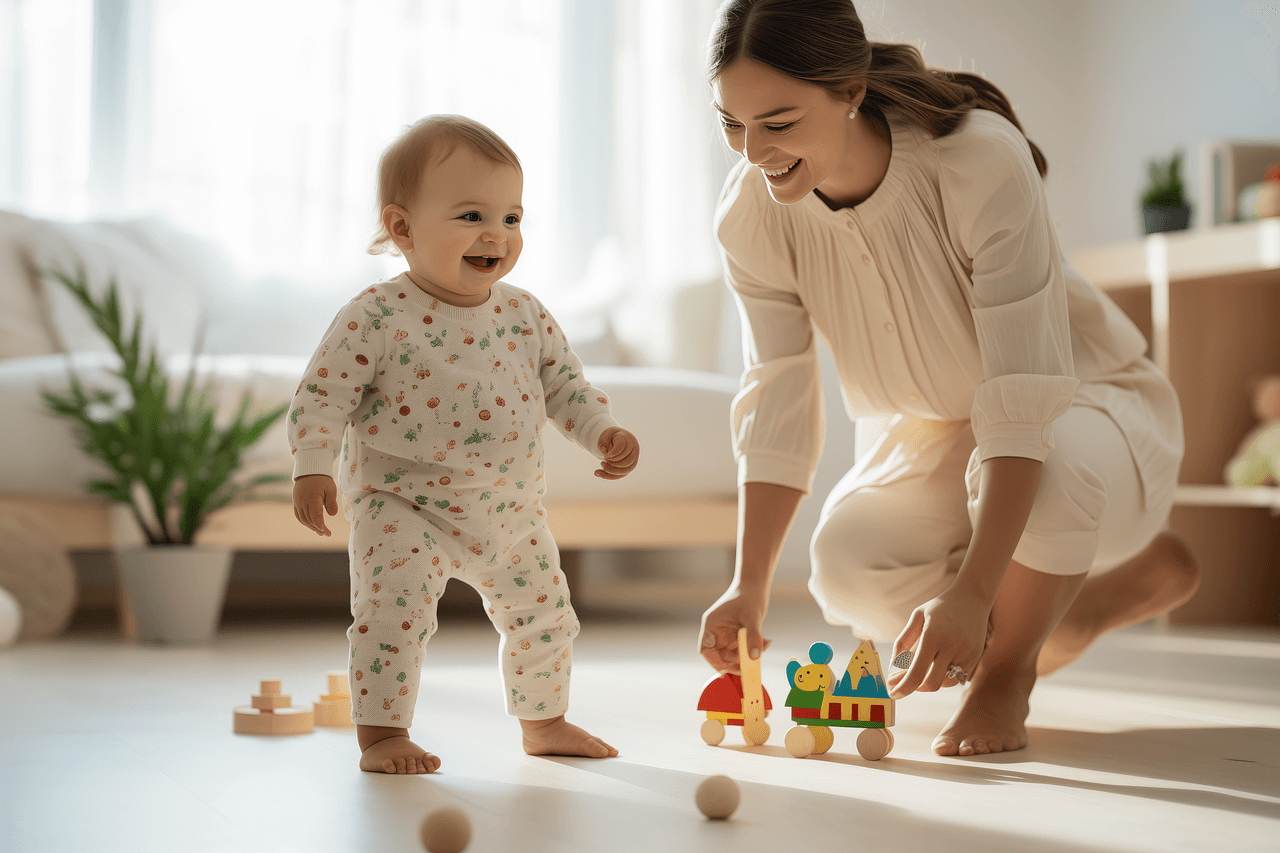
Fewer Distractions Lead to Deeper Learning
Dr. Angeline Lillard, a leading Montessori researcher, demonstrated that overstimulating toys and media hinder deep concentration. Her research shows children engage more thoroughly and learn better with toys that are quiet, simple, and designed for self-correction—key Montessori qualities.
Professional Guidelines Support Simpler Toys
The American Academy of Pediatrics cautions against the overuse of screens and noisy, flashy toys. They recommend toys that encourage creativity, imagination, and problem-solving skills—attributes central to Montessori toys. This guidance aligns well with the Montessori approach to child development.
Encouragement of Emotional Regulation
Research indicates that Montessori-style play supports emotional regulation in children. A study published in Frontiers in Psychology (2018) found that children engaged in structured, purposeful play, like Montessori activities, develop greater patience and better manage frustration.
When to Use What: Is There a Middle Ground?
Not every traditional toy is “bad.” Many can be valuable when used thoughtfully and in moderation. The key is striking a balance between Montessori and traditional toys to support your child’s development.
Look for Intentional Play
Before buying any toy, ask yourself: What does this teach? Does it encourage my child to think, explore, or solve problems? For example, building sets like LEGO promote creativity and fine motor skills, even though they are considered traditional toys. These can complement Montessori toys well.
Mix and Match
You don’t need to get rid of all flashy toys. Instead, offer a mix of both types. Let your child play with a sound-making robot one day and a wooden stacking toy the next. This helps you observe which toys hold their attention and support focus.
Set Limits on Screens and Noisy Toys
Reserve noisy or screen-based toys for special occasions rather than everyday use. Avoid relying on these toys as distractions. During independent playtime, prioritize quieter, skill-building toys that encourage concentration and focus.
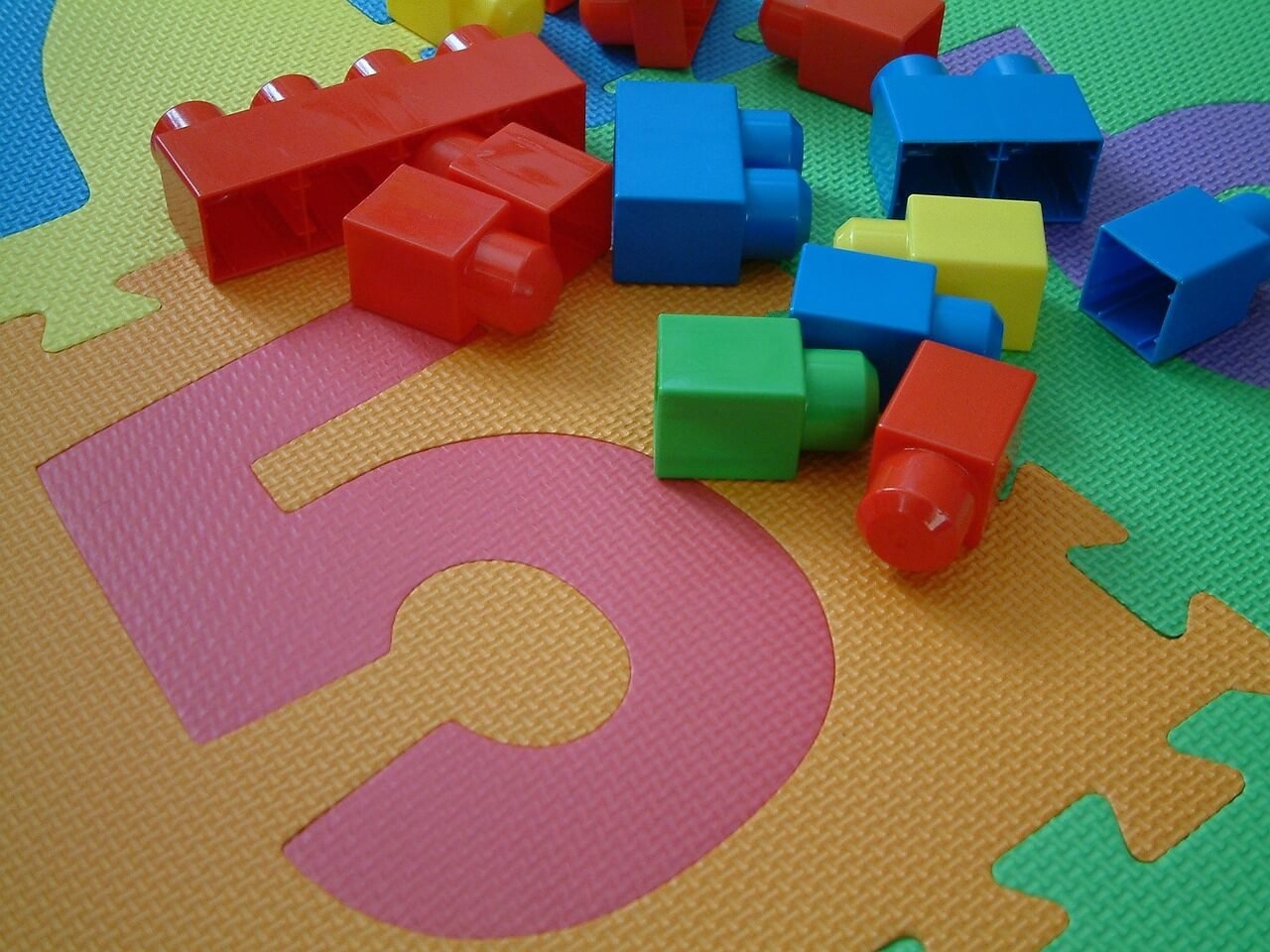
Create a Montessori-Inspired Space
Even if your home is filled with toys, you can create a calm corner dedicated to Montessori-style play. Use low shelves to keep toys accessible, and keep the selection minimal. Switch out toys frequently to maintain your child’s interest and avoid overstimulation.
Observe Your Child’s Reactions
Watch how your child interacts with different toys. Do noisy toys make them lose interest quickly? Do simpler toys help children concentrate for more extended periods? Let their natural responses guide the choice of toys and when to use them.
Transition Gradually
If you want to shift toward more Montessori toys, take your time. Start by introducing one or two new toys. Replace plastic or overstimulating items slowly. There’s no need to change everything overnight. A gradual approach helps your child adjust smoothly.
In conclusion, choosing the right toys shapes your child’s growth. Montessori toys do more than entertain—they build focus, fine motor skills, and independence. Unlike many traditional toys, they are simple, purposeful, and designed for authentic learning.
They encourage problem-solving and foster a sense of pride in working independently. While some traditional toys have value, understanding the difference helps you make thoughtful choices. Montessori toys promote meaningful play and lay the groundwork for a strong foundation in life.












